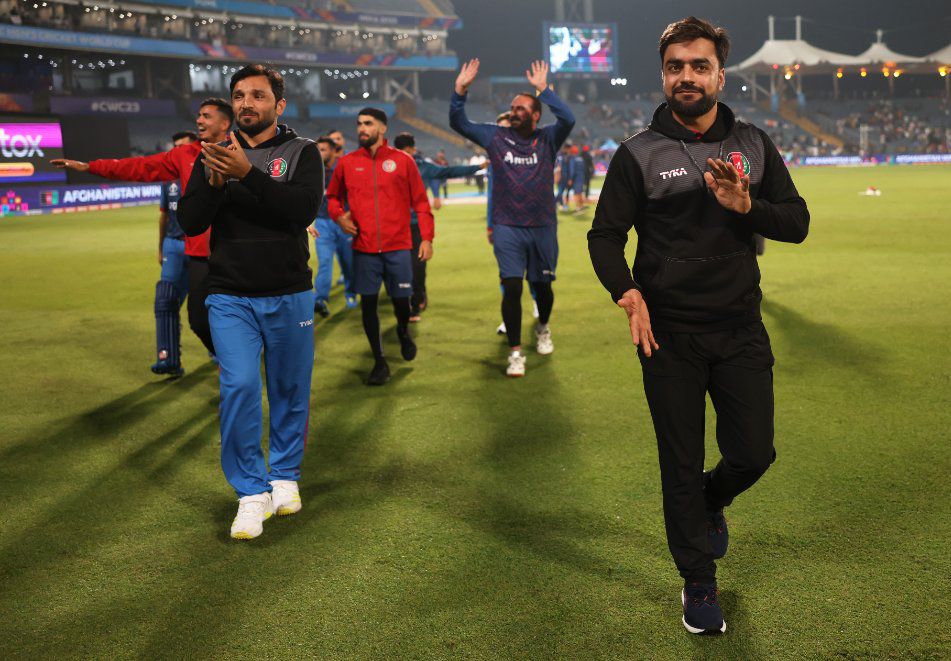|
New Delhi, Oct 13 (IANS) India has made some progress in reducing child malnutrition, but a lot needs to be done, according to the first Comprehensive National Nutrition Survey (CNNS) survey, released recently.
Government schemes have been able to prevent Vitamin A and iodine deficiency among children aged 1-4 years.
But, according to the UNICEF, the rising childhood obesity is adding to the growing threat of non-communicable diseases, like diabetes, among school-aged children and adolescents.
The Ministry of Health and Family Welfare released the result of the CNNS, conducted during 2016-18 in 30 states/Union Territories with technical support of the UNICEF.
It's one of the largest micronutrient surveys conducted across the globe covering anthropometric assessments of 1,12,000 children aged 0-19 years. It also included over 51,000 biological samples on children's micronutrient status and risk factors for non-communicable diseases.
Yasmin Ali Haque, UNICEF India Country Representative, said, "The CNNS is an amazing wealth of information. It's time for evidence-driven policy and action to save children and help them fulfil their potentials".
The Poshan Abhiyaan 2018-22 has set goals to reduce child under-nutrition (stunting and underweight) and low birth weight by 2 per cent a year, and anaemia across age groups by 3 per cent, and create a mass movement for good nutrition in the country.
The CNNS figures reveal that school-age children and adolescents are still at risk of malnutrition and a lot of ground still needs to be covered.
According to the UNICEF, the high number of anaemic children, adolescents and women remains a concern for India. Studies suggest poor eating habits (not eating enough iron and vitamin C-rich foods, including fruits and vegetables) and limited access to healthcare are main causes of anaemia.
According to the CNNS, anaemia affects young children and female adolescents the most. Anaemia was significantly higher at 41 per cent in children aged 1-4 years against other age groups. At 40 per cent, prevalence of anaemia in female adolescents, aged 10-19 years, was two times higher than male adolescents (18 per cent).
According to the study, one in four adolescents, aged 10-19 years, remains thin for their age, and 5 per cent of adolescents, aged 10-19 years, overweight or obese.
--IANS
san/vin/pcj
Copyright and Disclaimer: All news and images appearing in our news section, search engines and social media are provided by IANS. If you face any issues related to the content/images, please contact our news service provider directly. We are not liable/responsible for any content/images related to the news service provider.
|




.jpeg)

.jpeg)


